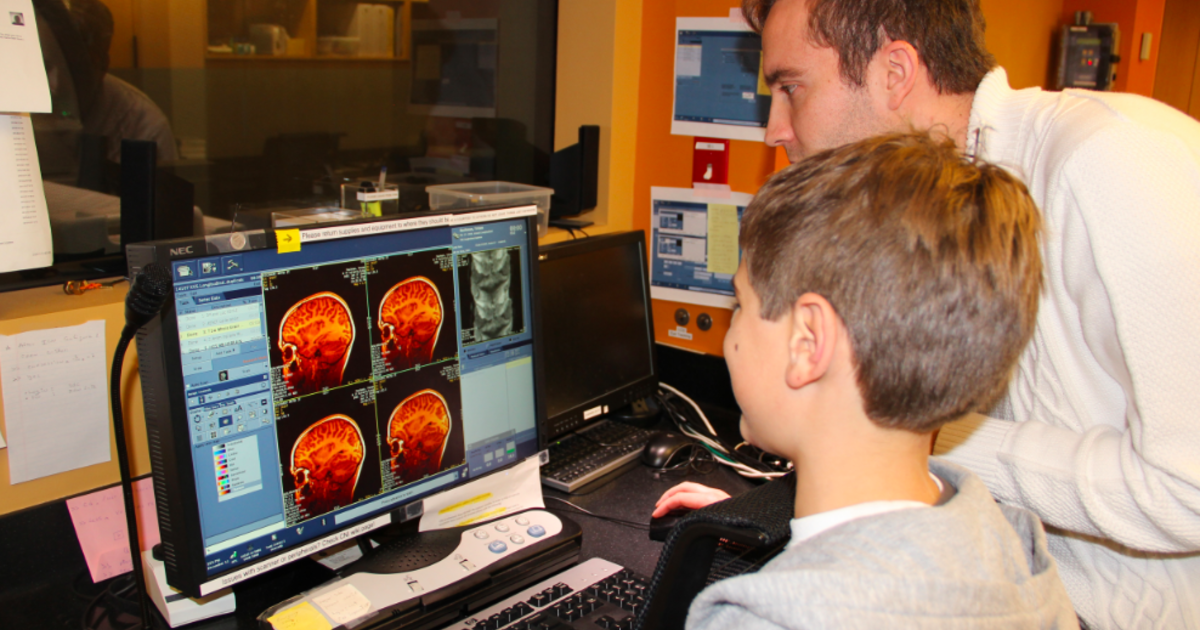 It’s generally been thought that the brain doesn’t grow in adulthood – that we start off life with extra brain tissue and it “self-prunes” away within a few years after birth.
It’s generally been thought that the brain doesn’t grow in adulthood – that we start off life with extra brain tissue and it “self-prunes” away within a few years after birth.
But new research suggests one part of the brain – the part that recognizes faces – continues to develop.
“It’s not like the brain is enlarging or bulging out,” said study author Jesse Gomez, a PhD student in neuroscience at Stanford University School of Medicine. Rather, small changes occur that are only measurable using a newer technology called quantitative MRI.
«Music and the Brain» is an educational program created by Lisha Lercari, an educator on a mission to promote the creative benefits of teaching m…
“The quantitative MRI gives a measure of how much tissue there is in the brain. We call it microstructural – the dendrites of the brain cells might be growing,” said Gomez.
For the study, published in Science, he and colleagues used functional MRI (fMRI) and quantitative MRI (qMRI) to compare brain tissues in 22 children, ages 5 to 12 years old, and in 25 adults, ages 22 to 28. The subjects came in for multiple scans.
The participants viewed images of faces and places (such as corridors and houses). Then the scientists compared recognition test results of faces and places with qMRI data that corresponds with the brain regions they already know are responsible for face and place recognition.
The London Police at Scotland Yard use all kinds of technology to solve crimes, but they’ve discovered the best tool may be the human eyeball. Ma…
The results surprised and pleased the research team. Gomez said they knew from previous studies that the ability to recognize faces improves from childhood to adulthood, but the new study suggests it may be due to this tissue growth – this enriching of tiny neural networks, cell bodies, dendritic structures (fibers which receive signals in the central nervous system) and the myelin sheath (a protective layer around parts of nerve cells).
Gomez likened the findings to an example found in nature. “The brain cells are the forest. Each brain cell is like a tree. The 100-acre wood is always 100 acres but the branches themselves are getting more complex,” he said.
The study results lend a little more optimistic view of the brain and its capability of tissue growth and change, he noted.
“We peak in our ability to recognize faces around 25 to 30. I’d guess that’s when tissue growth probably stops. But that doesn’t mean you can’t take a 40- or 50-year-old and teach them something and see the brain change. Neuroscientists already thought the brain was quite plastic, but this study suggests that it might be even more plastic – more dynamic and responsive to experiences – than we previously thought,” Gomez said.






